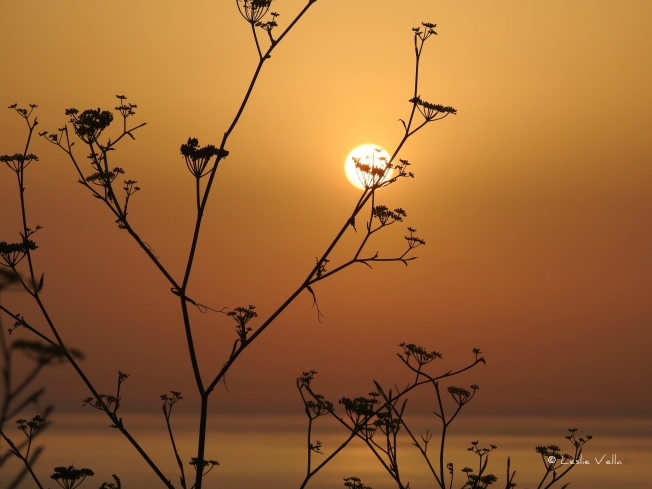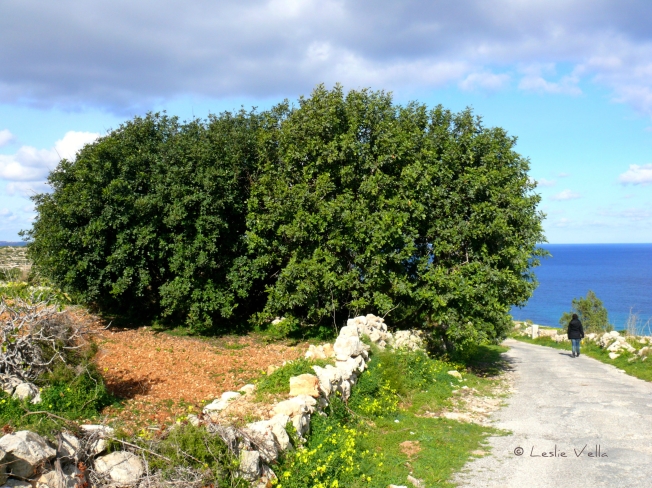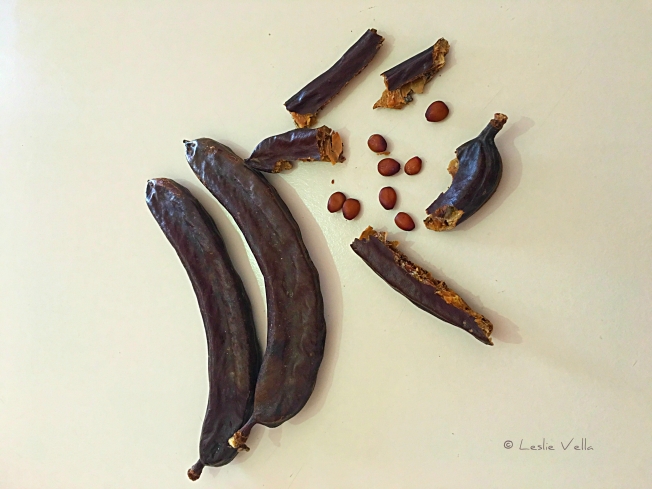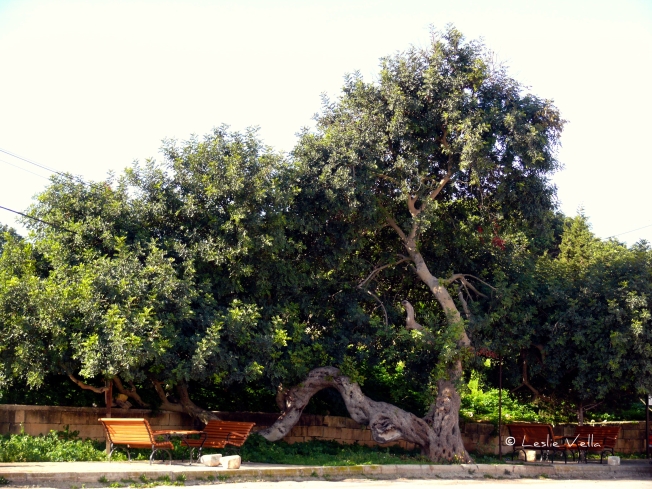
A Robin for Winter
European robins are charming little birds which never cease to amaze owing to their bobbing, round shape, their dainty, pointed beaks and the deep, black eyes which contrast fully with the plumage surrounding them. However, their most attractive feature is doubtless the red/orange bib which they wear on their breast. This feature is so unique and distinct that it is incorporated in the bird’s name in many languages such as Robin Redbreast in English, Roodborstje (Redbreast) in Dutch, Pettorosso/Petirrojo/ Pitiross (Red Breast) in Italian, Spanish and Maltese, Rotkehlchen and Rouge-gorge (Red throat) in German and French and other similar variations in other Euro-Mediterranean languages. Both males and female adult robins possess similar colouration.

European Robins range across all of Europe and the Mediterranean, all the way east up to Western Siberia and as far south as North Africa. While robins residing in the British Isles are sedentary all year long and do not need to migrate south for the winter due to mild British winters, the robins located further east carry out annual migrations to the south in the autumn and back north in the spring on a regular basis to escape the harsher climates and find food in the sunnier and warmer lands of the Mediterranean.
In 2009, two robins netted and released again by ornithologists in Malta were found to be wearing rings which showed that they had migrated from the Czech Republic and from Russia. The Czech bird had been ringed 27 days before it was caught in Malta after travelling at least 1,100 kilometres while the Russian one had been ringed 42 days before it was caught, and had travelled an astounding 2,200 kilometres to reach its wintering location on Malta.

They are tiny birds ranging between 12.5 and 14 centimetres in dimension and weighing a puny 13 grams. Yet, in spite of its ridiculously small size, this fluffy ball of bone, flesh and feathers manages to achieve some impressive feats of migration travelling up to a couple of thousand of kilometres between its summer and winter homes every year of its healthy adulthood.
Although the average longevity of robins lies at about 18 months due to high juvenile mortality rates, those who survive in adulthood are more likely to have a lifespan of 3 to 5 years with the longest recorded living robin having exceeded 19 years.

Here in Malta, we are graced with large numbers of wintering robins who arrive between October and November and stay on as late as March and April. A few decide to remain here for the summer season in wooded areas which have a water supply but they have never been recorded breeding in the Maltese Islands.
Many of those who arrive winter over here although a few continue on their trip to North African destinations. Those who stay identify a piece of territory and defend it vigorously to keep other robins out so that they can monopolise the supply of spiders, insects, worms, seeds and berries available.

I am privileged to live in an area of Malta where the majority of houses have patches of greenery in their front and back gardens. Although in an urban setting the gardens serve as a magnet to wintering robins which are very visible defending their individual territories in the different houses and gardens.
One such robin annually graces my garden and is so used to humans that it ventures unafraid to within a few metres of me in my garden, as the selection of pictures accompanying this post show. These are not pictures taken furtively from behind some hide but face to face encounters between man, bird and camera.

It is nice to think that the same robin revisits my garden year after year although, given their relatively short lifespan, it is logical to assume that new ones take over unclaimed territory every so often. I am also familiar with one case in Rabat, Malta, where a robin that had visited the same garden for three years in a row eventually decided to skip the return trip north and has stayed on as a permanent resident in the garden and adjoining house, becoming so tame as to sleep inside the house during the winter and venturing regularly to its humans’ table to eat some food from their plates! This is not a caged robin and is allowed total freedom to come and go as it pleases!
I spend many happy hours tending my tiny but dense city garden and the predictable arrival and stay of my winter robin is an event, which brings warmth and hope during the darker, colder months of the year.



















